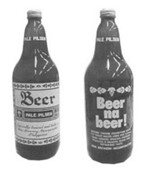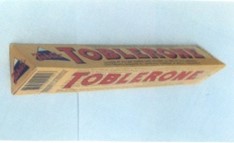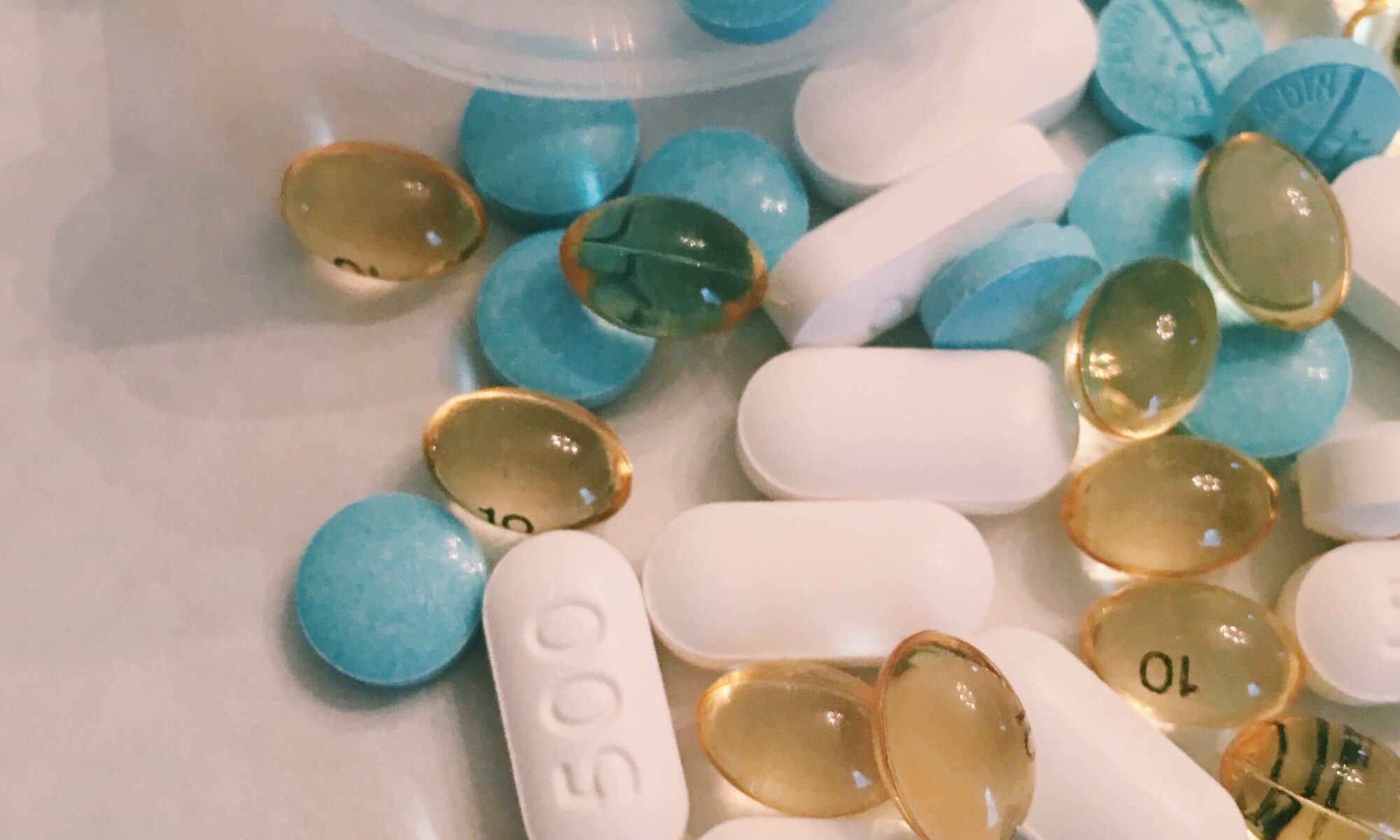Did you recently create your own furniture, or accessories? Perhaps you handcrafted your own bags and shoes? If so, your creations are covered by industrial design, copyright, or trademark.
Industrial Design (or Design Patent)
A new and ornamental design may be registered as an industrial design.[1] Such registration entitles you to the exclusive use of the design for as long as fifteen years.[2] Industrial design registration can protect the designs of handicrafts, jewelries and computer components, among others.[3]
Patent or Utility Model
Meanwhile, a design that pertains primarily to the functional aspect of a product, as opposed to being mere ornamentation, may be registered as an invention or a utility model. For example, a chair that is ergonomically designed to make long hours of sitting more comfortable may only be registered as an invention[4] or a utility model[5] even if its design also looks aesthetically pleasing. However, if the design serves as mere ornamentation (e.g., carvings or paintings on the chair’s legs) an industrial design registration is applicable.
Copyright Protection (Work of Applied Art)
A “work of applied art” is an artistic creation having utilitarian functions that are incorporated in a useful article.[6] Original ornamental designs or models for articles of manufacture, even if registrable as industrial designs, are entitled to copyright protection.[7] A useful article, however, may be copyrighted only to an extent where its pictorial, graphic, or sculptural features could be identified separately from its functional aspects. [8]
In 2019, the Taiwan IP Court ruled that Céline and Givenchy handbag designs are not copyrightable because they are primarily functional and they lack some required artistic features.[9] This is consistent with a past decision by our Supreme Court which recognized copyright protection only to works of applied art that have aesthetic features which are separable from its utilitarian aspects.[10]
Three-Dimensional Mark or Trade Dress
A product design may also be protected by a trademark. A mark is any visible sign capable of distinguishing products including a stamped or marked container of goods.[11] A sachet of a coffee, a bottle of a beer, and even the overall shape and appearance of a chocolate, even if registrable as industrial designs, may be registered as trademarks. Below are examples of three-dimensional marks or containers which have been registered as trademarks in the Philippines:
Summary
Product design is a complex process that involves artistic and functional consideration. New product designs may be protected by industrial design, patent, utility model, copyright, and trademark. You just need to identify the kind of protection that best suits your needs.
For questions regarding this article, email us at inquiry@cfiplaw.com.
Note: The article above is for informational purposes only and does not constitute legal advice.
[1] Sec. 113.1, IP Code (1997).
[2] Sec. 118, IP Code (1997).
[3] Sec. 113.3, IP Code (1997).
[4] An invention patent requires that an additional requirement of inventiveness or non-obviousness.
[5] Sec. 113.2, IP Code (1997).
[6] Sec. 171.10, IP Code (1997).
[7] Sec. 172.1 (h), IP Code (1997).
[8] Ching vs. Salinas, G.R. No. 161295, 29 June 2005.
[9] https://www.mondaq.com/patent/875930/can-a-bag-design-be-copyrighted
[10] Ching vs. Salinas, G.R. No. 161295, 29 June 2005.
[11] Sec. 121.1, IP Code (1997).
[12] Trademark Registration No. 14479 in the name of Elite Gold Ltd.
[13] Trademark Registration No. 123914 in the name of AB Heineken Philippines Inc.
[14] Trademark Registration No. 41997123133 in the name of Mondelez Europe GmbH.







